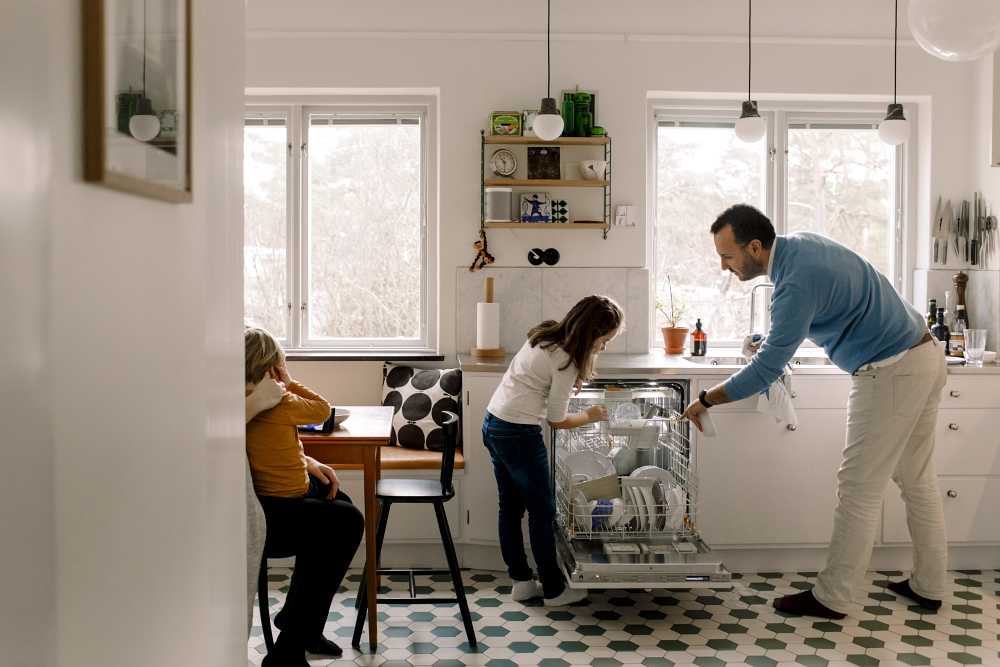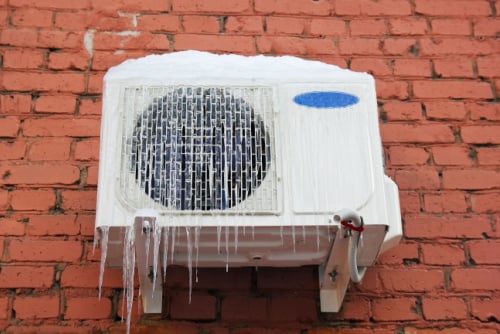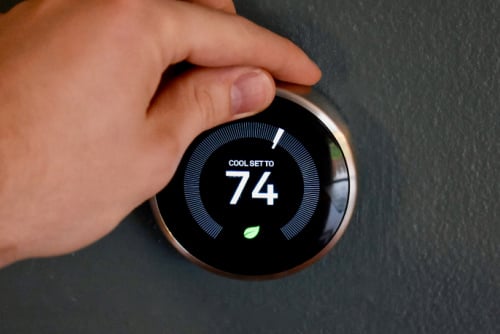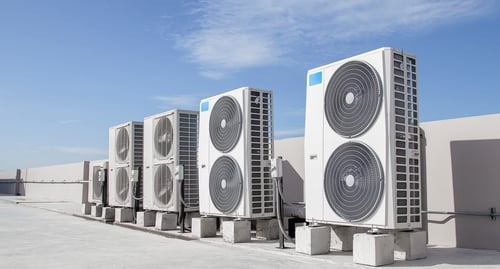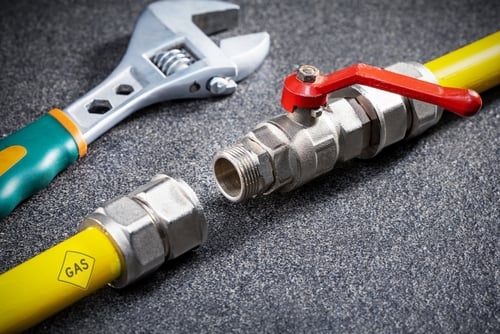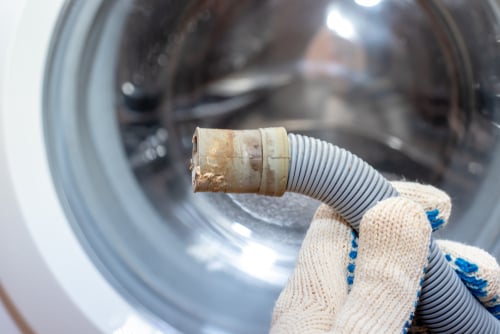Knowing that you and your loved ones are safe at home is the ultimate peace of mind. But life is busy and you might accidentally overlook basic home safety measures until it’s too late. This is why it’s imperative to take the time to regularly review and update your emergency preparedness plans and home safety equipment.
The features that keep your home safe
In emergencies, knowledge is power.
Your home has a complex system of safety features designed to protect you and your family. By understanding and maintaining these features, you empower yourself and your family to live safer and with greater peace of mind.
Let’s talk about the basics.
Smoke detectors and carbon monoxide alarms
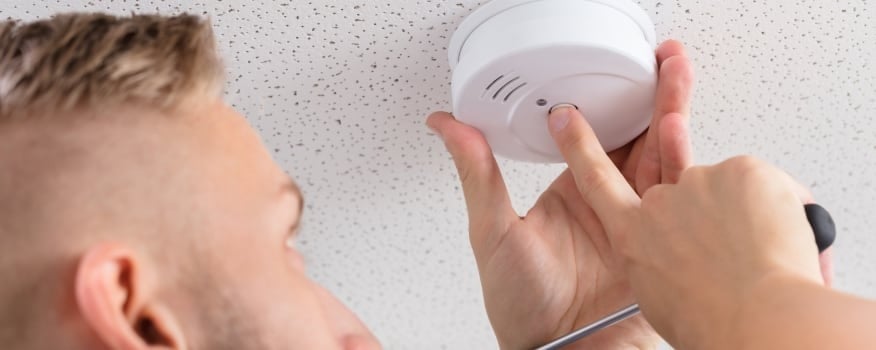
Smoke detectors and carbon monoxide (CO) alarms work around the clock to alert you to fires and dangers you can't see or smell. Here’s how to maximize their effectiveness:
- Install smoke detectors in every bedroom, outside each sleeping area, and on every level of your home, including the basement. CO detectors should also be placed on every level, especially near sleeping areas.
- Test these devices monthly by pressing the test button. Replace batteries at least once a year, or opt for models with 10-year life batteries to reduce maintenance.
Every level of your dwelling should be equipped with these important home safety devices, and they should be tested regularly to ensure they're working correctly.

Expert Tips
Remember, carbon monoxide detectors have an expiration date; check yours to ensure it's still active.
Circuit breakers and electrical safety
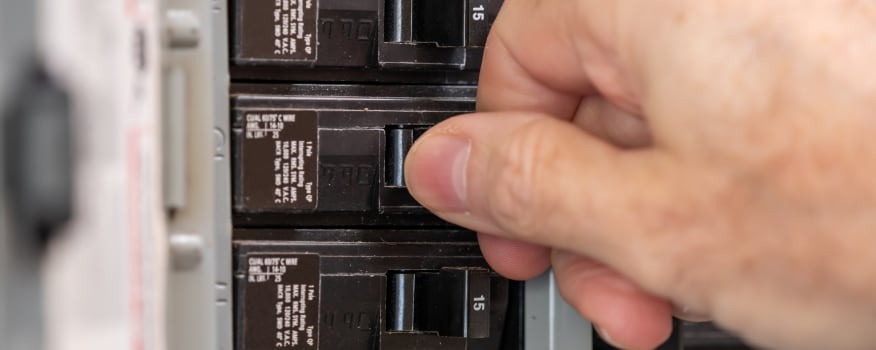
Your home's electrical system is like the nervous system of your body. Knowing how to locate and reset your circuit breakers can be the difference between a minor inconvenience and a major emergency.
Ground Fault Circuit Interrupters (GFCIs) and Arc Fault Circuit Interrupters (AFCIs) are critical for preventing electrical shocks and fires. They should be tested monthly to ensure they're functioning correctly.
Gas and water shutoff valves
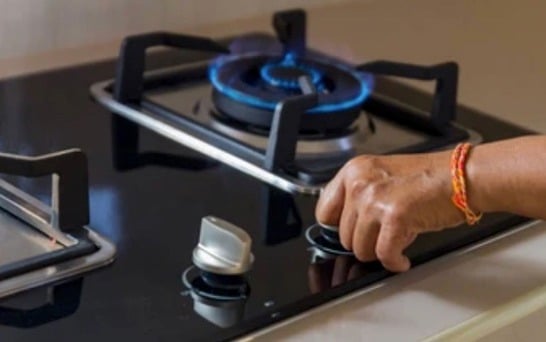
In case of a gas leak or water leak, time is of the essence. Knowing the locations of your gas and water shutoff valves can prevent a minor issue from becoming a home safety disaster. Each gas appliance should have its own shutoff valve, typically located nearby, allowing you to turn off the gas supply in case of a leak.
Likewise, familiarizing yourself with the main water shut-off valve can save your home from flooding during a plumbing emergency.
Frontdoor has your back
Frontdoor is the one-stop app that revolutionizes home maintenance, blending Expert advice, professional services, and unique member benefits into one intuitive platform. During operating hours, you can speak with Experts through real-time video chat for advice and guidance on your home safety concerns—like knowing the location of your main water shut-off when your pipes spring a leak.
You’ll also gain access to Frontdoor's wealth of resources, including How-to Tips and safety checklists, to prevent emergencies before they happen. Plus, take advantage of exclusive Member Discounts for savings on essential services and home upgrades. Not as member yet? Download the app, sign up for free, and Open the Frontdoor to a new way to approach home advice and maintenance.
Was this article helpful?



